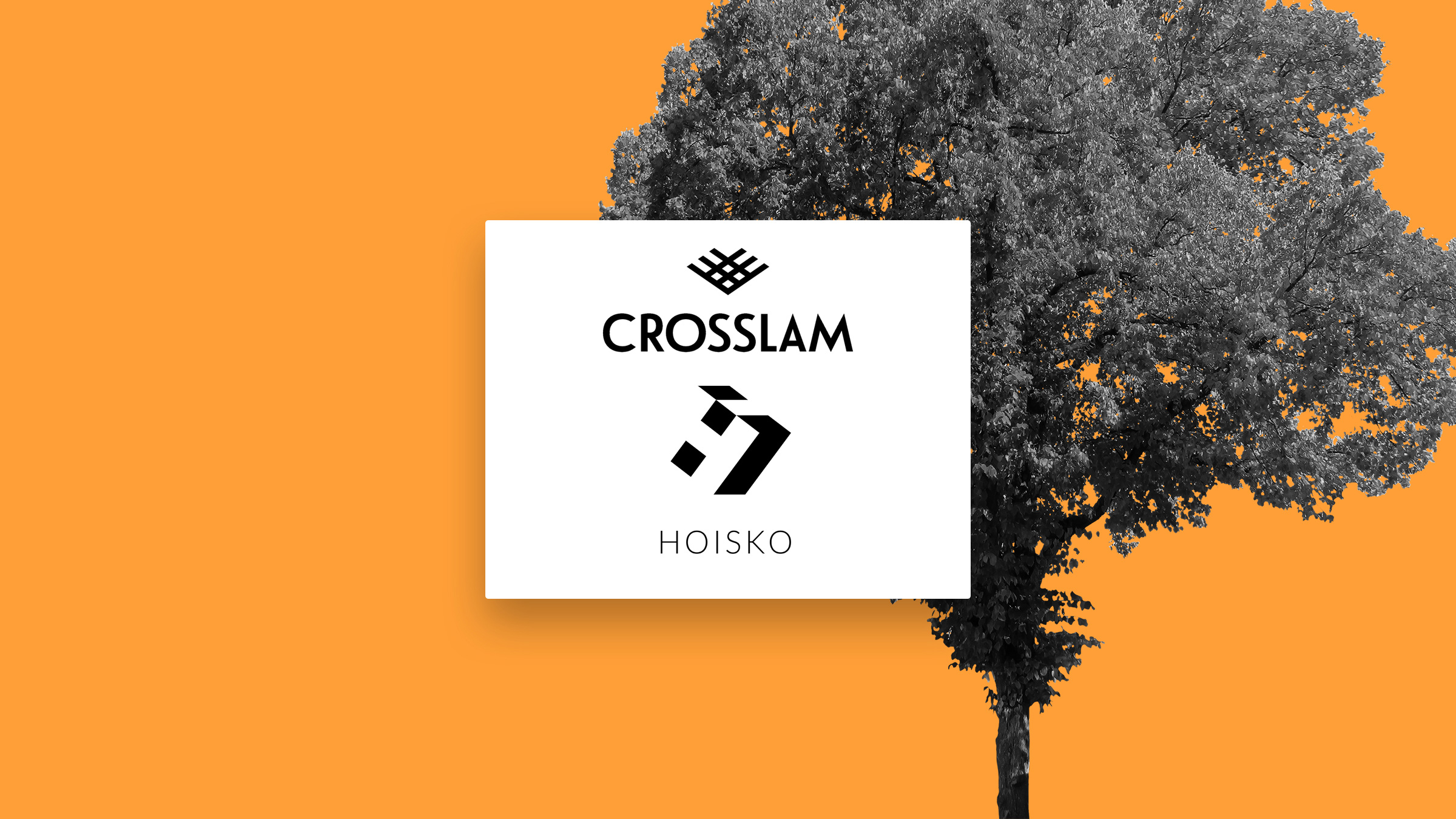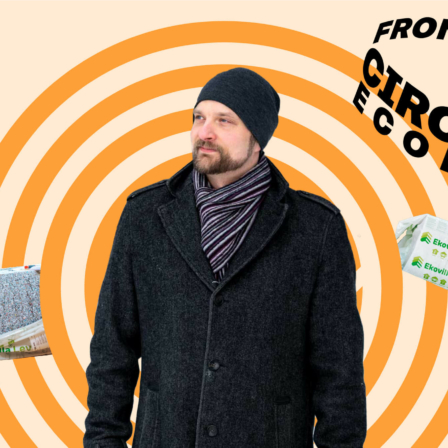Problem
As a result of mining and transporting the raw materials for concrete, as well as the actual making of concrete, traditional concrete construction technology produces plenty of carbon dioxide emissions and consumes a lot of energy and resources. Concrete is made of non-renewable raw materials and it has limited possibilities for secondary use because of its low cost of production and construction quality requirements. The quality problems in the construction sector, on the other hand, manifest themselves as deterioration of the building stock, escalating into indoor air ventilation problems, for example. The life cycle of construction materials is often short.
Solution: sustainable and comfortable wooden construction with CLT elements
HOISKO and CrossLam manufacture cross-laminated timber (CLT) elements from Finnish solid wood, using cross-laminated timber technology that enables the replacement in buildings of load-bearing frame materials that are typically made of concrete and steel. CLT elements are non-toxic and enable higher apartment blocks to be built quickly from wood.
The companies’ products are used, for example, in building wooden apartment blocks and detached houses, and in the wooden components of buildings, such as balconies. It is also possible to add more floors to a building with CLT elements because of the lightweight nature of the material. Wooden construction commits carbon to buildings and reduces atmospheric emissions. Houses built with CLT elements made by HOISKO are also designed from the very beginning so that the elements can later be put to different use if necessary. On average, a single-family house made of CLT elements binds about 1,000 kilos of carbon per cubic metre.
Revenue model and benefits to HOISKO and CrossLam
CrossLam’s revenue model is based on selling CLT panels to builders and manufacturers that equip the panels for specific uses. HOISKO’s current revenue model is based on manufacturing and refining CLT panels and providing builders and construction companies with advice and cost-efficient construction. Both companies also make use of production side streams, such as waste timber.
Benefits to customers and end users
For the builder, constructing the frame of a building with CLT elements is considerably faster than using traditional, beam-based frames. Highly prefabricated CLT elements also help reduce risks related to weather changes during the construction period and improve indoor air quality. CLT panels are also a cost-efficient and durable material. In addition, wood is much easier to work with as a material and serves also as a marketing factor because of its environmental sustainability. Studies show that residents in wooden apartment blocks find their homes more comfortable than those in concrete buildings.

















Recommended
Have one more?